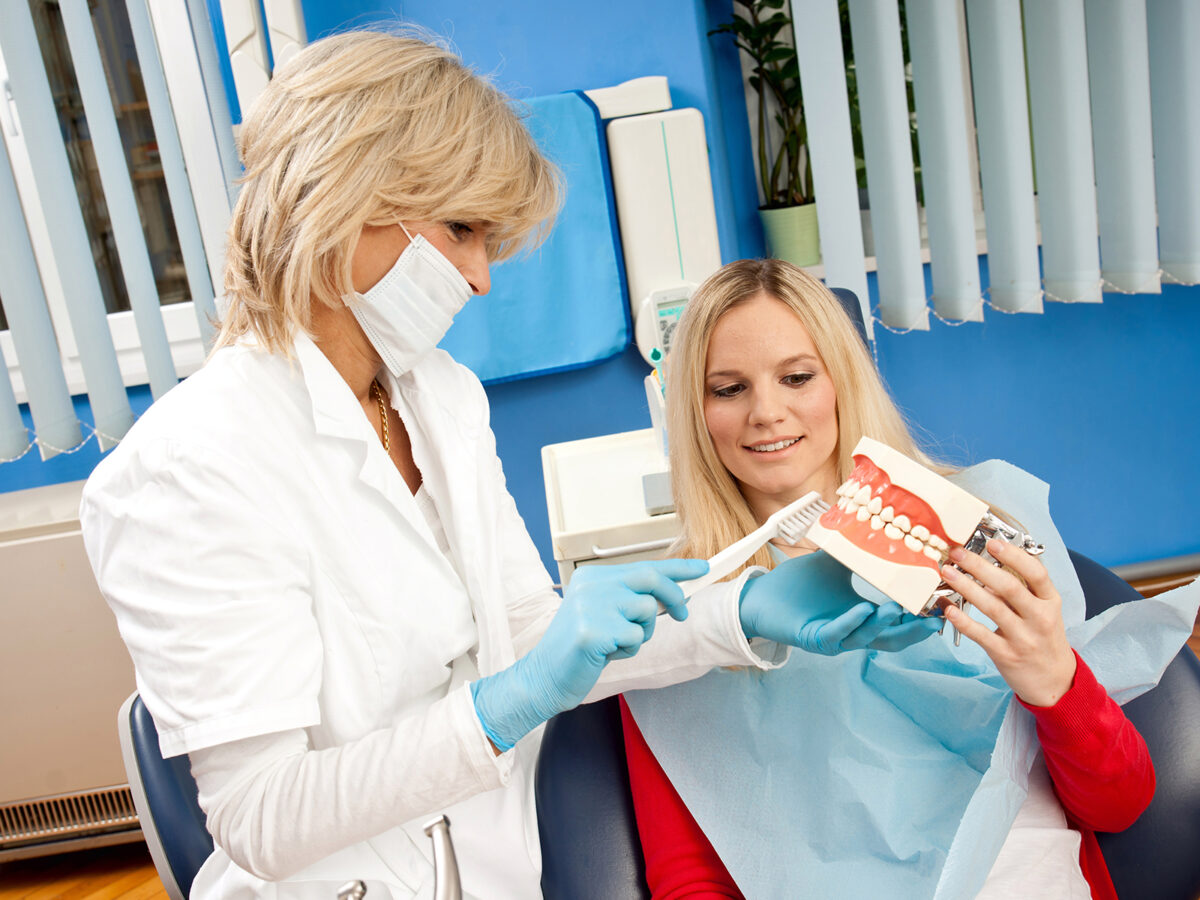Blog
Dental hygiene tips for healthy teeth & gums

Difference Between Deep Cleaning And Regular Cleaning
If your dentist recently informed you that you require this treatment, you may wonder what exactly sets “deep cleaning” apart from the routine cleanings performed during regular dental exams.
Regular dental cleaning is important to guard your teeth and gums against cavities and gum disease. However, only a few know that in addition to the regular cleaning they receive (or should have), persons with moderate to advanced gum disease often require more intensive treatments.
If you are unfamiliar with “deep dental cleaning,” you may be familiar with its “other” name, root planing, and scaling. That’s better, but you still need to know when or why deep cleaning is necessary. Here’s how to differentiate between these two methods and determine which is right for you.
Definition and Procedure for Dental Cleanings
Plaque and tartar deposits, which can cause gum disease and other oral health problems, are removed during regular and extensive dental cleanings. However, beyond this point, the two processes diverge significantly.
Regular Dental Care
Your hygienist will use special tools to scrape away plaque and tartar from your teeth and gums during the procedure. Both prevent gum disease and treat its mild form, gingivitis and rely heavily on regular professional cleanings.
Suppose you want to make sure you’re getting rid of as much plaque and tartar as possible in between professional cleanings. In that case, asking your hygienist about any trouble spots in your mouth during your regular appointment is a good idea. Getting your teeth cleaned every six months does more than protect your gums from disease; it also does wonders for your breath.
The dentist will assess the overall health of your mouth, look for signs of oral cancer, and take X-rays if necessary during a routine cleaning and checkup.
Deep cleaning
Deep dental cleaning is precisely what it sounds like. It involves removing all traces of plaque, tartar, and bacteria extending below the gum line. The bacteria that cause gum disease love to hide in tartar deposits on gum-protected surfaces of your teeth. Toxins the bacteria produce as they thrive and multiply can irritate the gums.
Gum recession allows bacteria to penetrate deeper between the gums and teeth, potentially reaching the tooth roots. The roots of your teeth can get weakened by infections around the gum line, leading to tooth loss. Tooth loss in adults in the United States is typically caused by gum disease.
Deep dental cleaning can stop gum disease and save teeth from extraction by removing bacteria from the gum line and around the roots. Your dentist can also reduce bacteria’s ability to “stick” to your tooth roots by smoothing (or “planing”) their surfaces. An antibiotic gel may be given to the teeth to eliminate any lingering bacteria after the procedure, or the dentist may recommend taking antibiotics or using an antibiotic mouth rinse.
It involves working below the gum line; a deep dental cleaning typically involves using local anesthetics to numb the area or sedation in particularly sensitive gums or anxiety.
Wrapping Up
A deep cleaning is not necessary if you do not have gum disease. If you don’t have an excessive amount of plaque and tartar accumulation, deep cleaning, which removes plaque and tartar from between your teeth and beneath your gums, is unnecessary. To keep your teeth clean and your mouth healthy, you need only get your teeth professionally cleaned and examined every six months.
In mild to moderate cases of gum disease, antibiotics, and a professional cleaning should be sufficient to restore oral health.


